Opening SLide
BAMS 522
Prensentation...................
Outline
Motivation and Overview
How to do Critical Chain Management
Some Examples
Definition
Critical Chain Project Management (CCPM) is a methodology for planning, executing and
managing projects in single and multiproject environments.
History
Critical Chain Project Management was developed by Dr Eli Goldratt and was first introduced to the market in his Theory of Constraints book “Critical Chain” in 1997
Motivation
It was developed in response to many projects being dogged by poor performance manifested in
- longer than expected durations
- frequently missed deadlines
- increased costs in excess of budget
- and substantially less deliverables than originally promised
Problems With Traditional Project Management
When planning for an upcoming project, estimates for task duration are required. In order for the plan to be treated as realistic, much time is spent ensuring that the estimates are accurate. Accurate estimates give us increased probability and high confidence in task completing on time.
This leads to the following:
- Localized Risk Management
- Student Syndrome
- Parkinsons Law
- Multi-Tasking
Localized Risk Management
In order for the project to be completed on time, each of the individual tasks need to be completed with a certain degree of confidence.
This leads to resources giving a "safe" estimate rather than 50% confidence level.
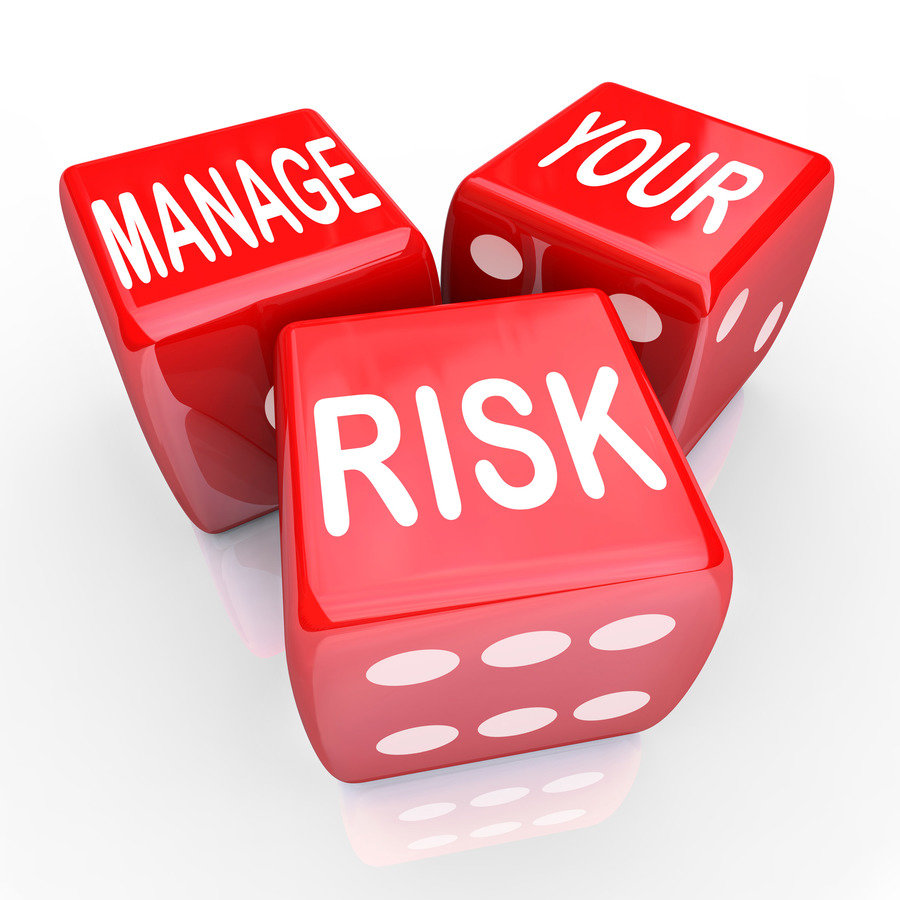
Student Syndrome
People do not start to work full fledge until the deadline is near
Happens mostly to students.
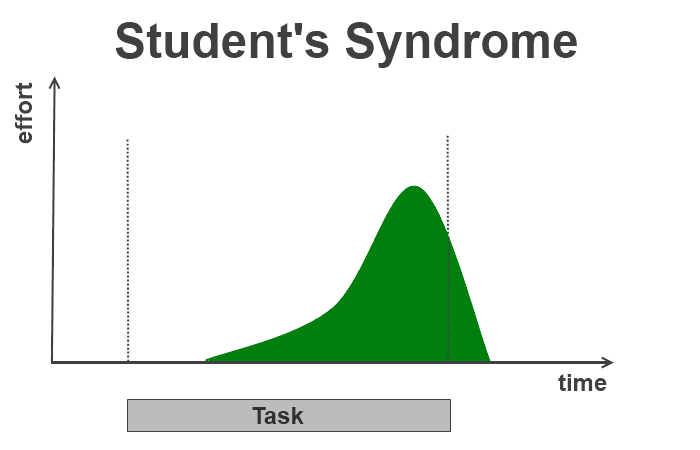
Parkinsons Law
Delay or Pacing the completion of the task.
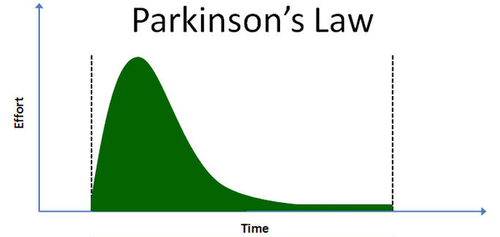
Multi-Tasking
Management forces people to work on more than one task at a time.
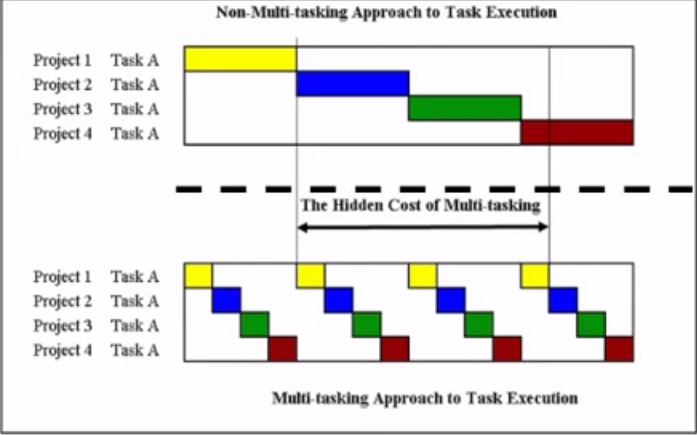
Multi-Tasking Activity

Other Problems
Resources do not report tasks if they are finished early
Delays are passed on to the entire project however benefits from tasks finishing early are rarely passed
Traditional Techniques such as CPM do not address the issue of embedded safety
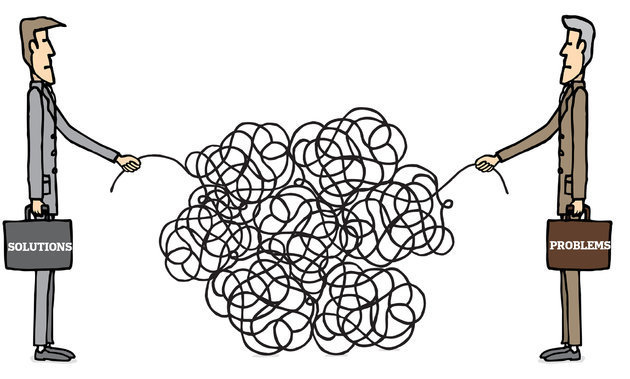
Critical Chain
The Critical Chain is defined as the longest chain of dependent tasks
In this case, dependent refers to resources and resource contention across projects as well as dependencies of the tasks themselves.
Estimations
To reduce the behaviours and time wasting associated with having too much embedded safety, Critical Chain Project Management recommends that task estimates are cut half the length of a "normal" duration.
Safety
Critical Chain Project Management uses safety "Buffers" to manage the impact of variation and uncertainty around the projects. The safety at a task level is aggregated and moved to strategic points in the project flow.
Benefits of CCPM
THree Types OF Buffers
- Project Buffer
- Feeding Buffer
- Resource Buffer
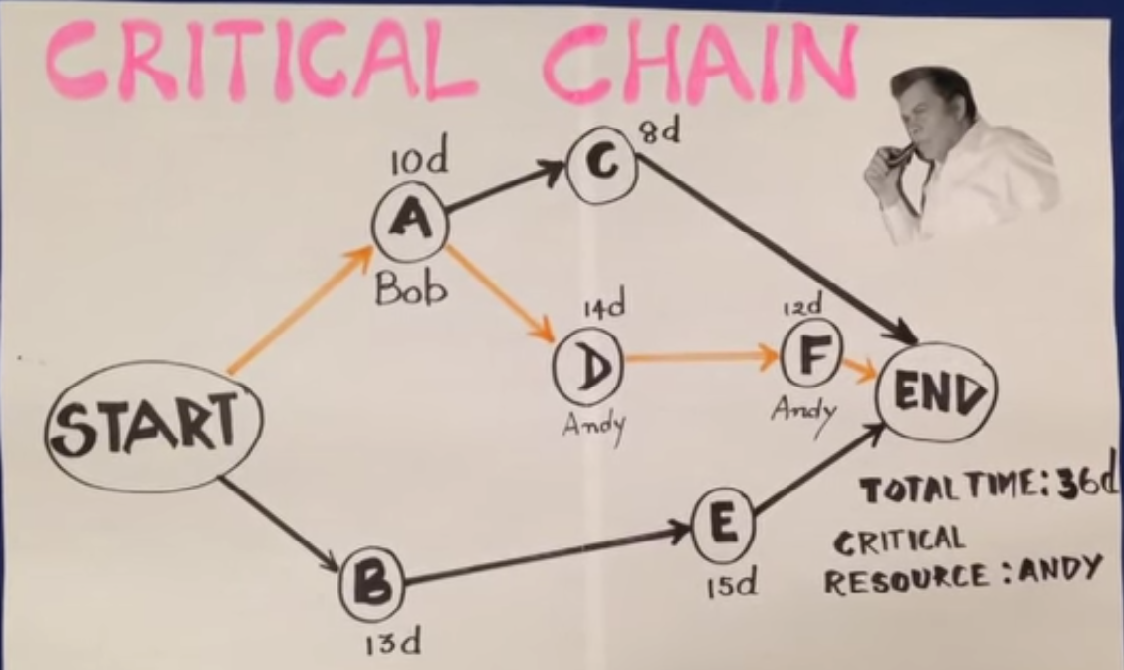
Project Buffer
A project buffer is inserted at the end of the project network between the last task and completion date. Any delays on the longest chain of dependant tasks will consume some of the buffer but will leave the completion date unchanged.

Feeding Buffers
Delays on paths of tasks feeding into the longest chain can impact the project by delaying a subsequent task on the Critical Chain. To protect against this, feeding buffers are inserted between the last task on a feeding path and the Critical Chain.
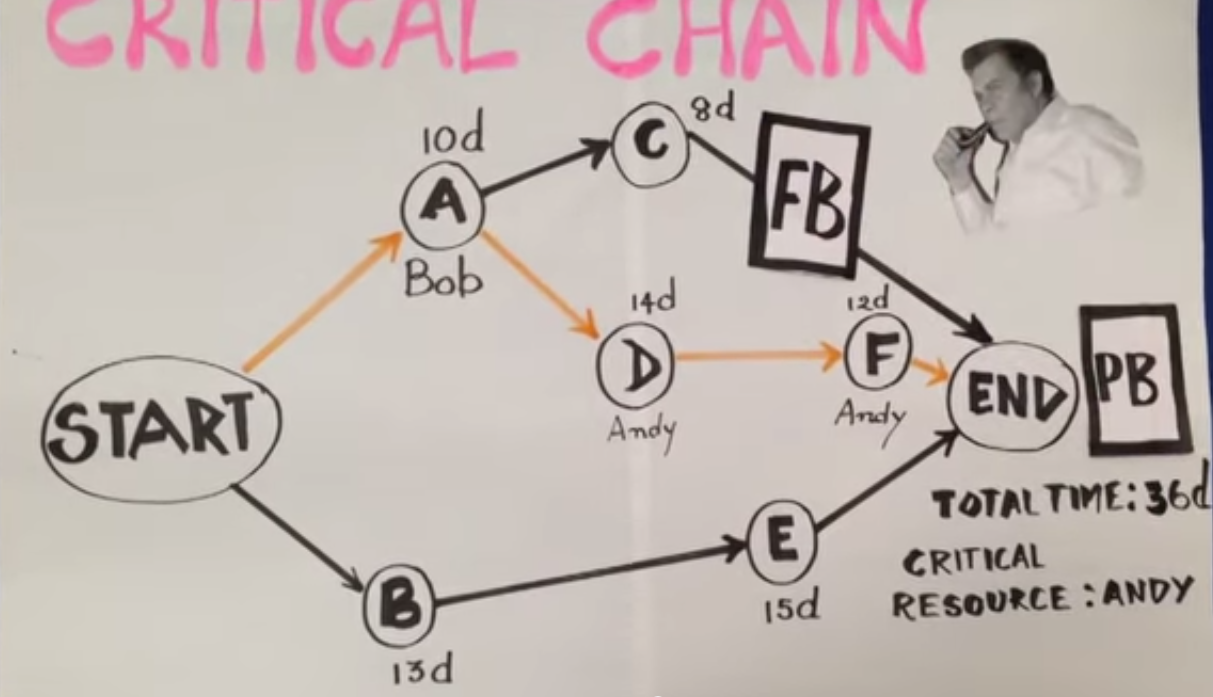
Resource Buffer
Resource buffers can be set alongside of the Critical Chain to ensure that the appropriate people and skills are available to work on the Critical Chain tasks as soon as needed.
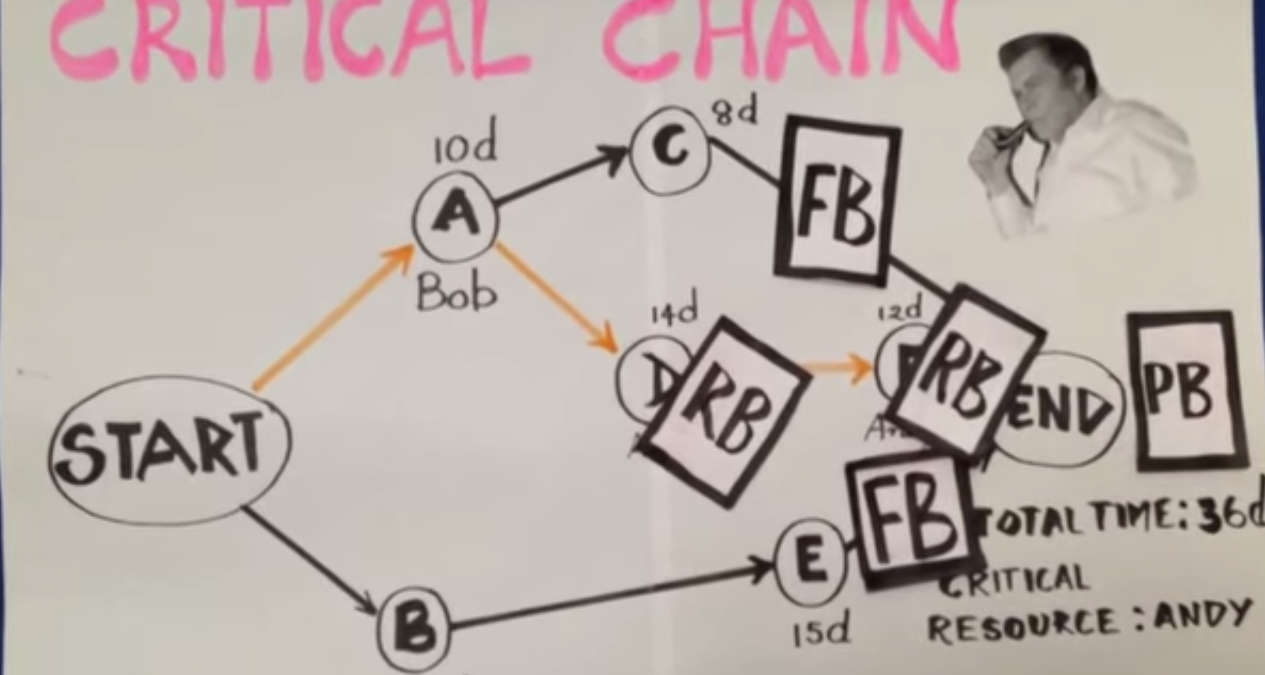
Key Concepts
-
Priorities
-
Completion
-
Buffer Management
-
Remaining Duration
Priorities
All resources on a project are given clear and aligned priorities relating to the "health" of the Critical Chain relative to its associated buffer and hence the project as a whole.
A resource with more than one task open should normally be assigned to complete the task that will jeopardise the Critical Chain.

Completion
When there is work available it should be progressed at the fastest possible speed.
Tasks are not left partially complete to remove the temptation to multi-task.

Buffer Management
The amount each buffer is consumed relative to the project progress tells us how badly the delays are effecting our committed delivery date
If the variation throughout the project is uniform then the project should consume its project buffer at the rate tasks are completed.
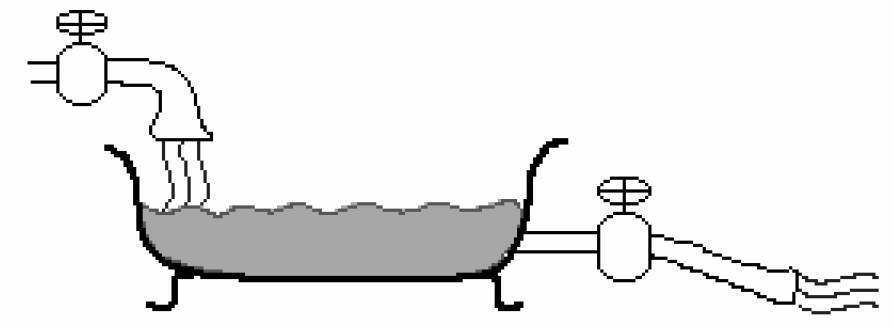
Remaining Duration
Tasks are monitored on their remaining duration, not their percentage complete.
Resources report upon tasks in progress based on the number of days they estimate until the task will be complete.

Critical Chain
- Goes till the start of the project buffer
- Takes the resources contentions into account
Critical Path
- Goes from the start to the end
- More subjective towards milestones and deadlines
Crtical Chain Vs Path
deck
By Haider Shah
deck
- 1,186
